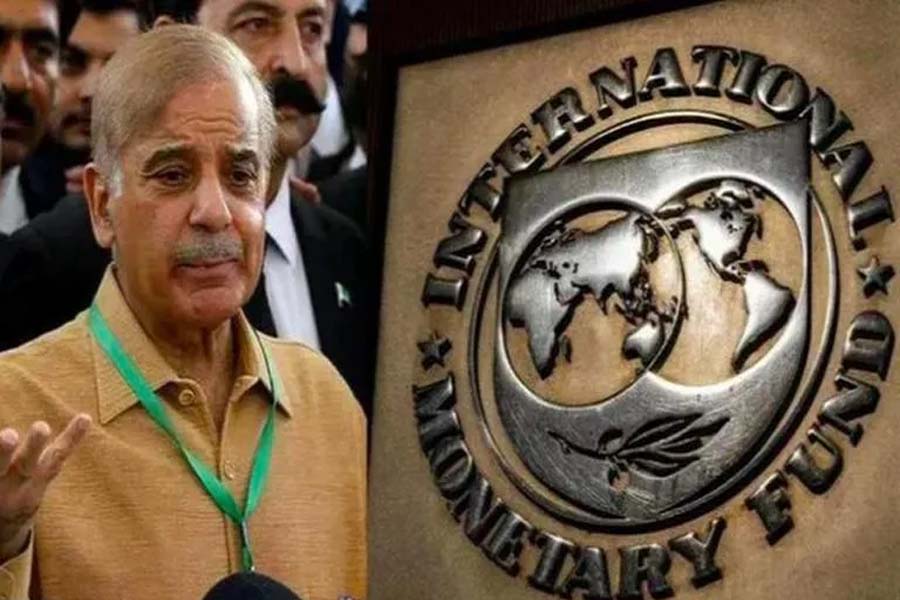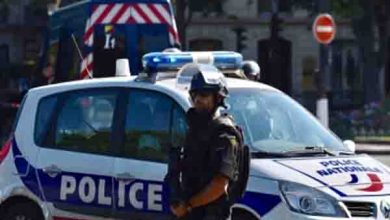In the Israel-Hamas war, children are the ultimate pawns – and ultimate victims
In 1903, a local mob killed 49 Jews, including several children, and raped and wounded 600 others, in the city of Kishinev, then part of the Russian Empire. These three days of violence later became known as the Kishinev pogrom. A few days later, the Jewish-Russian poet Hayim Nahman Bialik published a Hebrew poem that every Israeli school child still knows today. I am a scholar of the Holocaust and genocide. When thinking about the unfolding Israel-Hamas war, I am reminded of this Bialik poem, “On the Slaughter.” It laments Jewish helplessness and victimhood – and condemns apathy to violence, including the murder of children. Bialik writes: “And damned be he who says: Avenge! Such vengeance, for the blood of a small child, Satan has yet to devise.” Hamas militants killed approximately 30 Israeli children when they attacked civilians on Oct. 7, 2023, killing more than 1,400 people altogether. At least 20 Israeli children remain hostage in Gaza. Since Oct. 7, Israeli airstrikes have killed more than 2,000 Palestinian children and more than 8,000 people overall, according to the Hamas-run Ministry of Health in Gaza. Israel’s attacks on Gaza began intensifying on Oct. 28, as Israeli ground forces entered Gaza. Both sides in this war have focused on the deaths and kidnapping of children, sharing images and videos of the children as a testament to the other side’s cruelty. Particularly, Hamas’ slaughter of Israeli children evokes collective Jewish memories of pogroms and the Holocaust – and the attempt to annihilate the Jewish people. For Palestinians, too, the killing of their children represents both the injustice of Israeli rule and occupation and the perceived attempt to stop Palestinians from having their own country. The collective Palestinian memory of the Nakba in 1948, when Israeli forces killed thousands of Palestinians and pushed out 750,000 people from their homes, is replete with tales of children who lost both their homeland and their parents. Photos of children are seen sitting in empty baby strollers in a green field.Baby strollers with images of young Israeli children taken hostage by Hamas are shown during a demonstration calling for their release in Paris on Oct. 26, 2023. (Photo | AFP) A new kind of protection Bialik ended up emigrating to what was then called Palestine in 1924, and today he is considered Israel’s national poet. Bialik wrote a longer poem, titled “In The City of Slaughter,” in 1904, after he visited the site of the Kishinev pogrom. Bialik fumed against Jewish men for hiding, instead of protecting their wives and daughters from rape. Bialik called for a new type of warlike Jewish manhood. If neither God nor the authorities could protect them from slaughter, Jews had to create a state of their own – and Jewish men had to learn to fight and kill. Over the next four decades, the number of slaughtered Jews, including children, piled up. In the Holocaust, Nazis and their collaborators killed an estimated 1.5 million Jewish children. It was this kind of violence against defenceless innocents that the establishment of Israel in 1948 was supposed to prevent. ‘Never again’ Most Jews who emigrated to Israel in the late 1940s were Holocaust survivors. They had experienced precisely the kind of defenselessness that Israel said it would never allow to happen again. Their sense of vulnerability and their memory of victimization were transmitted from one generation to another. The popular slogan “never again,” referring to the Holocaust, meant what Bialik had intended: not only the prevention of violence against Jewish people, but a new breed of tough and brave Jewish fighters, prepared to die for their new homeland. Israel’s failure to protect its people is partially why the Oct. 7 attacks were so shocking to the Israeli public. The Israeli military’s delayed response left people in the attacked communities feeling utter helplessness. The intentional cruelty of Hamas’ killings, often videotaped and live-streamed, reminded Israelis of past anti-Jewish violence. Children in Gaza In the Gaza Strip, meanwhile, half of the population is younger than 18. In 2014, Israeli airstrikes, coming in response to intense rocket fire from Gaza, killed over 500 Palestinian children. The Israeli government described the children’s deaths as unfortunate, but unavoidable. The reasoning is that bombing presumed Hamas targets was much less risky and costly, in terms of Israeli lives, than a ground incursion into Gaza. Since Oct. 7, Israel has carried out unprecedentedly massive aerial bombardments of Gaza. The images of dead and mutilated Palestinian children have served to mute some people’s criticism of Hamas’ Oct. 7 attacks on Israelis – and to heighten other people’s sense of Palestinian innocence and Israeli brutality. There are two major differences between this round of killing and previous ones, most prominently in 2014. First, this time the violence began with the slaughter of




